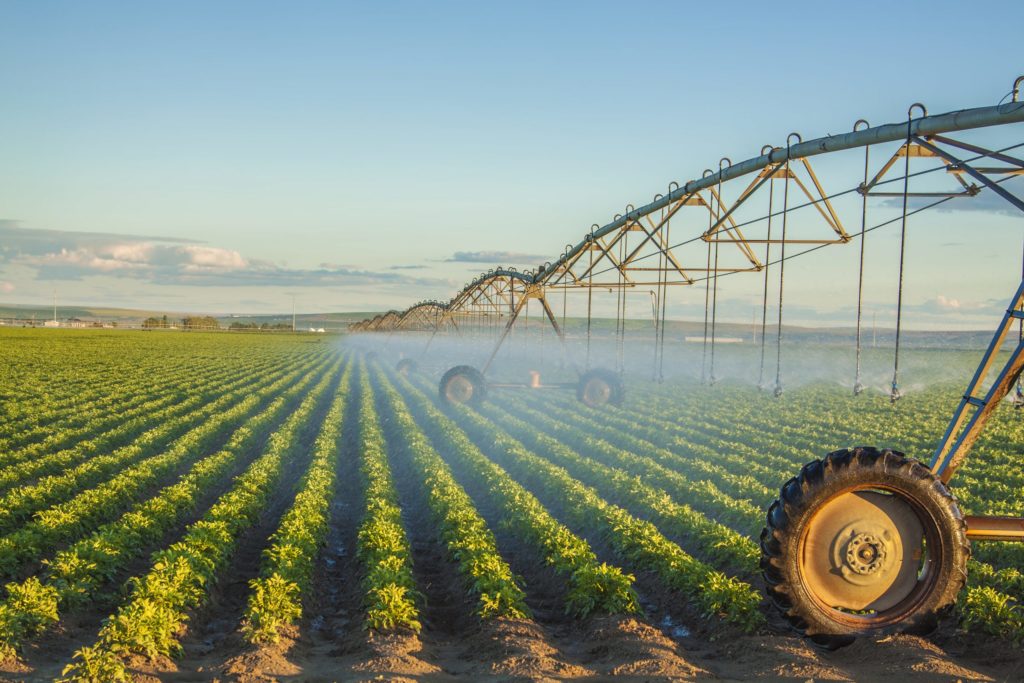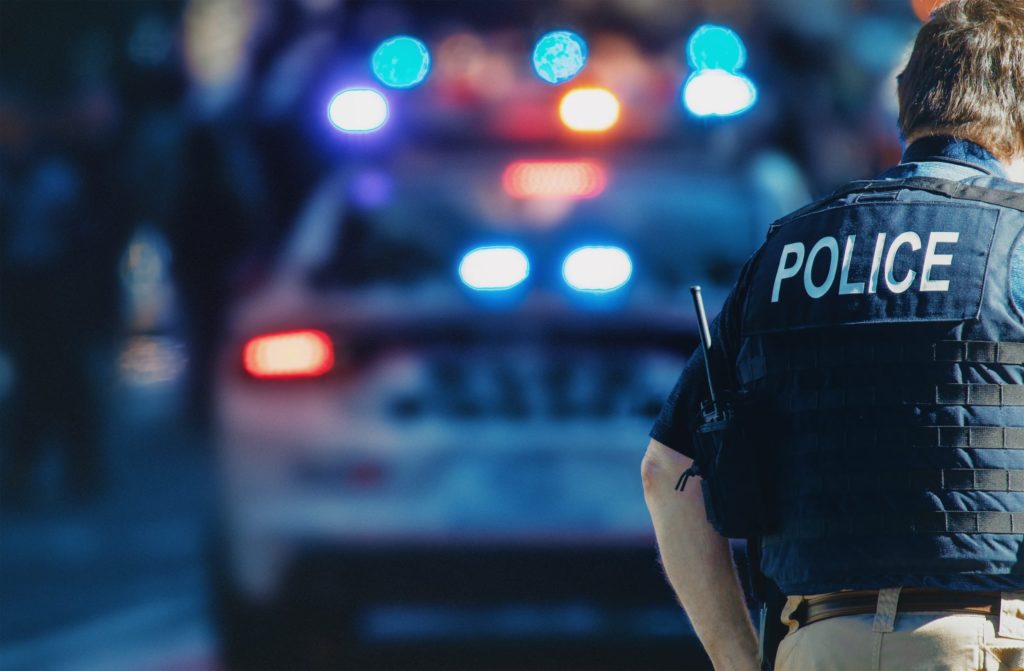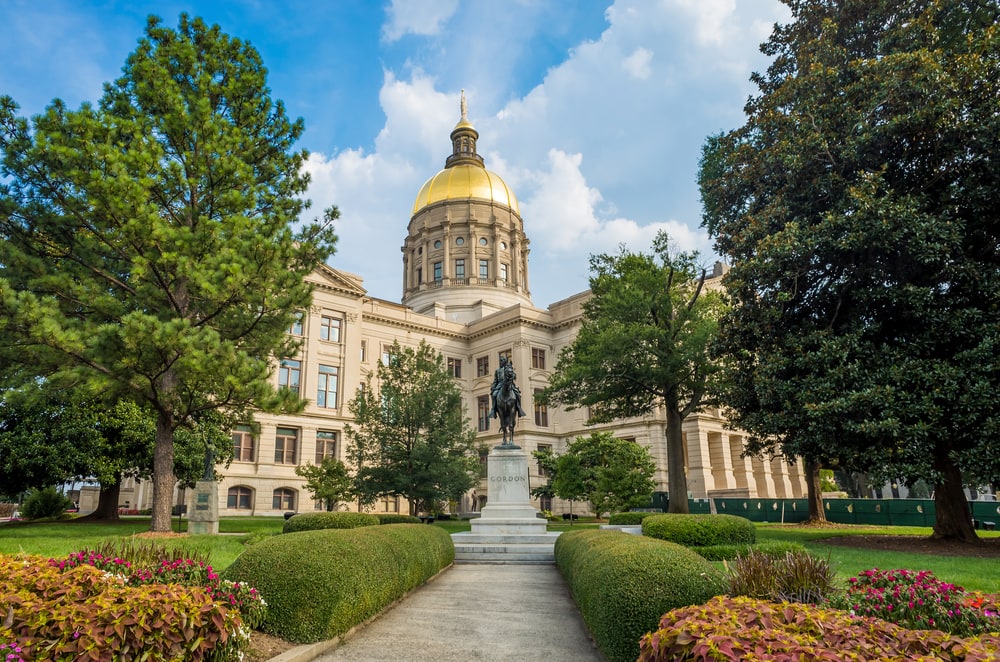Let’s raise the bar on alcohol caps
Because of the alcohol content, Georgia law deems this beverage illegal, but this should be expected. Many of Georgia’s original post-prohibition alcohol laws seem so incredibly restrictive and priggish that only a Puritan could love them. While Georgia has made some progress and liberalized many alcohol statutes over the past couple decades, certain vestiges of these antiquated laws remain, including curious limits on the alcohol content of beer, which highlights the need to update them.
As my colleague Jarrett Dieterle wrote two years ago, “The most infamous limitation on beer strength is what is known as a ‘3.2 law.’ These weak-beer mandates forbid outlets of one type or another from selling beer above 3.2 percent alcohol-by-weight.” Many of these arbitrary 3.2 laws can be traced to the no-longer-applicable Cullen-Harrison Act of 1933.
The 3.2 laws proliferated across the nation, but by 1935, Georgia decided to go in a different direction and capped alcohol in beer at 6 percent by volume. It stood unchanged there for nearly 75 years when, in 2004, Georgia lawmakers raised it to 14 percent. The reform was a long time coming, given that the beer industry has evolved over time. While a host of popular beers have an alcohol content of about 3-5 percent, many different, newer brews are much stronger.
Raising the alcohol cap on beer in 2004 was certainly a step in the right direction, but imposing a 14 percent ceiling was a wholly arbitrary choice. Often, such limits are needed in order to obtain broader legislative support or they are justified under the guise of promoting public health and public safety. These are vital considerations too, given that alcohol—much like any product—can be abused. To be clear, you should never drive drunk and should only imbibe in moderation, but something doesn’t add up with the 14 percent ceiling.
Austin Hope’s Cabernet Sauvignon, for instance, is one of my favorite wines, and it has an alcohol content of about 15 percent. Jack Daniels Old No. 7—always a top choice in the South—has an alcohol content of 40 percent. Meanwhile, some grain alcohols are much, much higher, but I don’t particularly recommend them. Some smell about as appetizing as toxic rubbing alcohol, which I have no desire to drink (nor should anyone).
Despite having an alcohol content higher than 14 percent, anyone 21 years of age or older can buy these products right here in Georgia. Yet, if the legislature has deemed liquor and wine safe to consume in Georgia, then why not beer with higher alcohol levels?
There appears to be little rhyme or reason for the current approach. In fact, it is irrational and inconsistent, and placing arbitrary restrictions on any industry, including that of beer, and their customers has its drawbacks.
For starters, constraints stifle innovation and limit business operations to what is currently allowable by law. This means that companies cannot develop such products, which might help them obtain a competitive advantage, nor can they adequately respond to market forces. Considering the success of higher alcohol content beers in other states, it would appear that consumers have spoken: They want stronger beers. Unfortunately, their choices are artificially limited to what the state approves.
In fairness, Georgia is not alone in its approach to beer. While states have enacted various beer-related alcohol caps, a total of 15 have laws forbidding the sale of beer like Utopias. Many of these burdensome alcohol statutes have been on the books for some time, but just as the world has changed since their introduction, so has the alcohol industry. As a result, it is high time to modernize alcohol regulation and permit adults to responsibly drink whatever beer they wish, even beers with 28 percent alcohol.
I have no idea how such a beer tastes, but I wouldn’t mind the freedom to find out more about this forbidden fruit. That doesn’t seem like much to ask in a free country.
Image credit: Wasan







